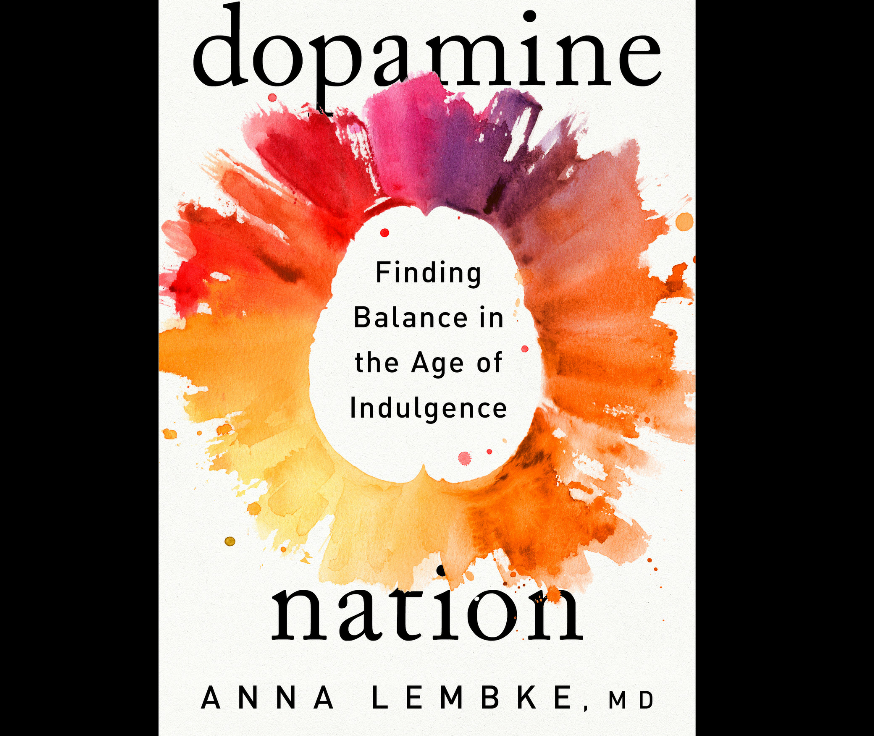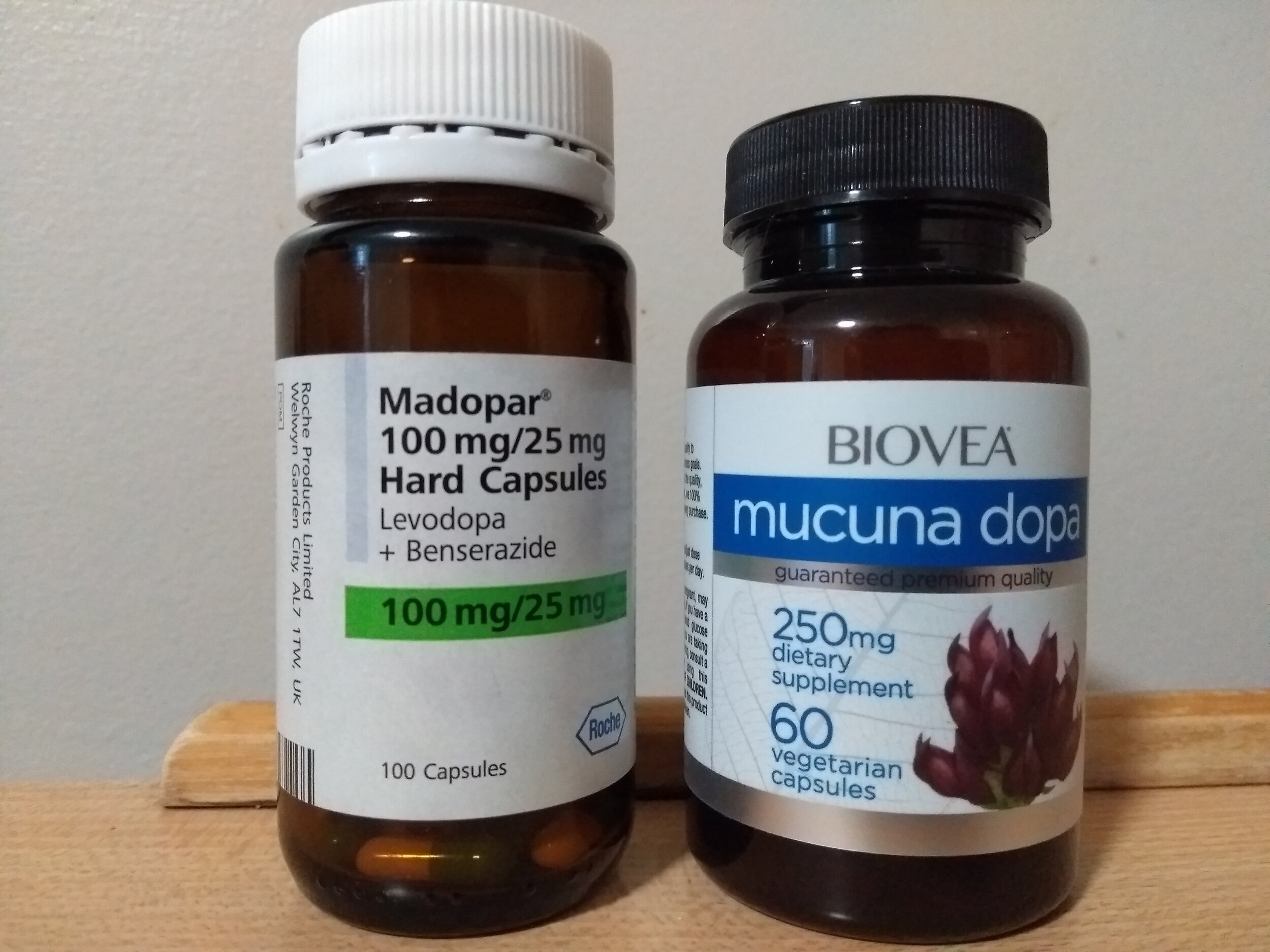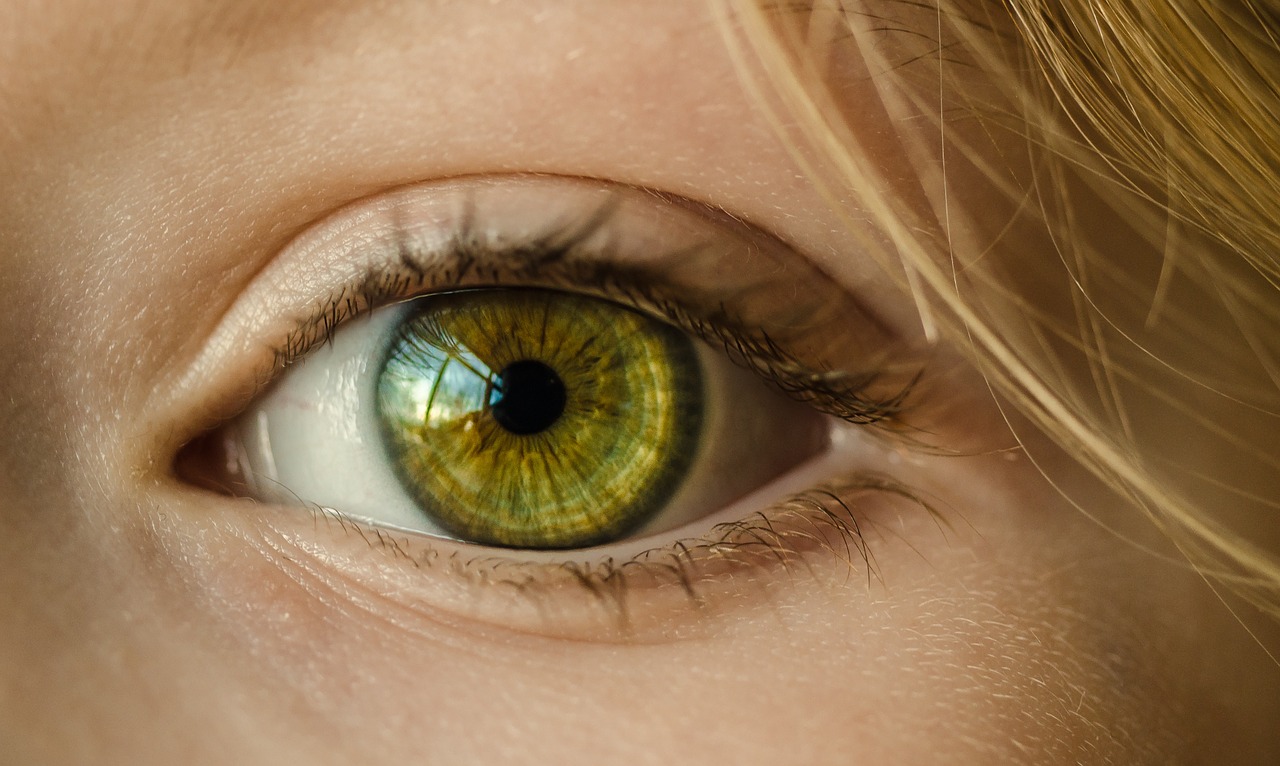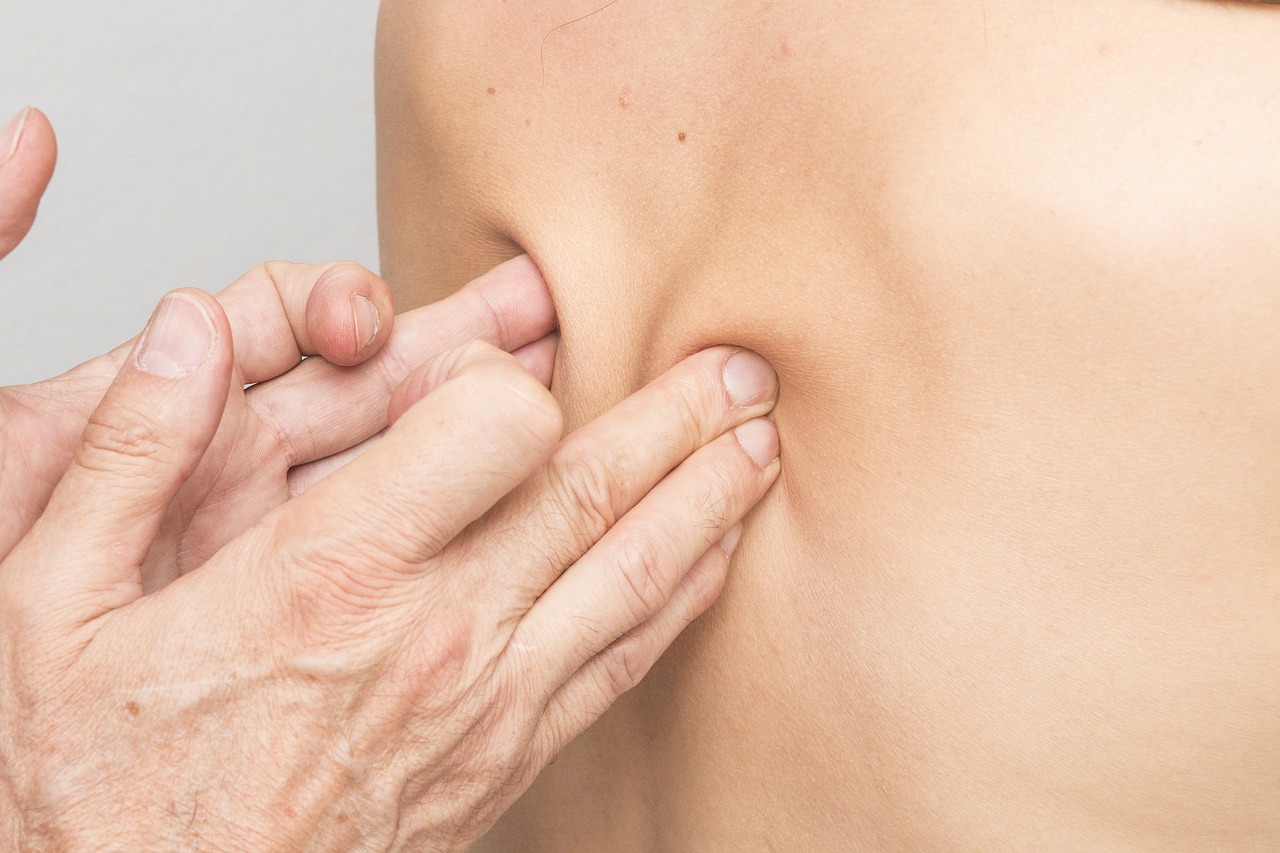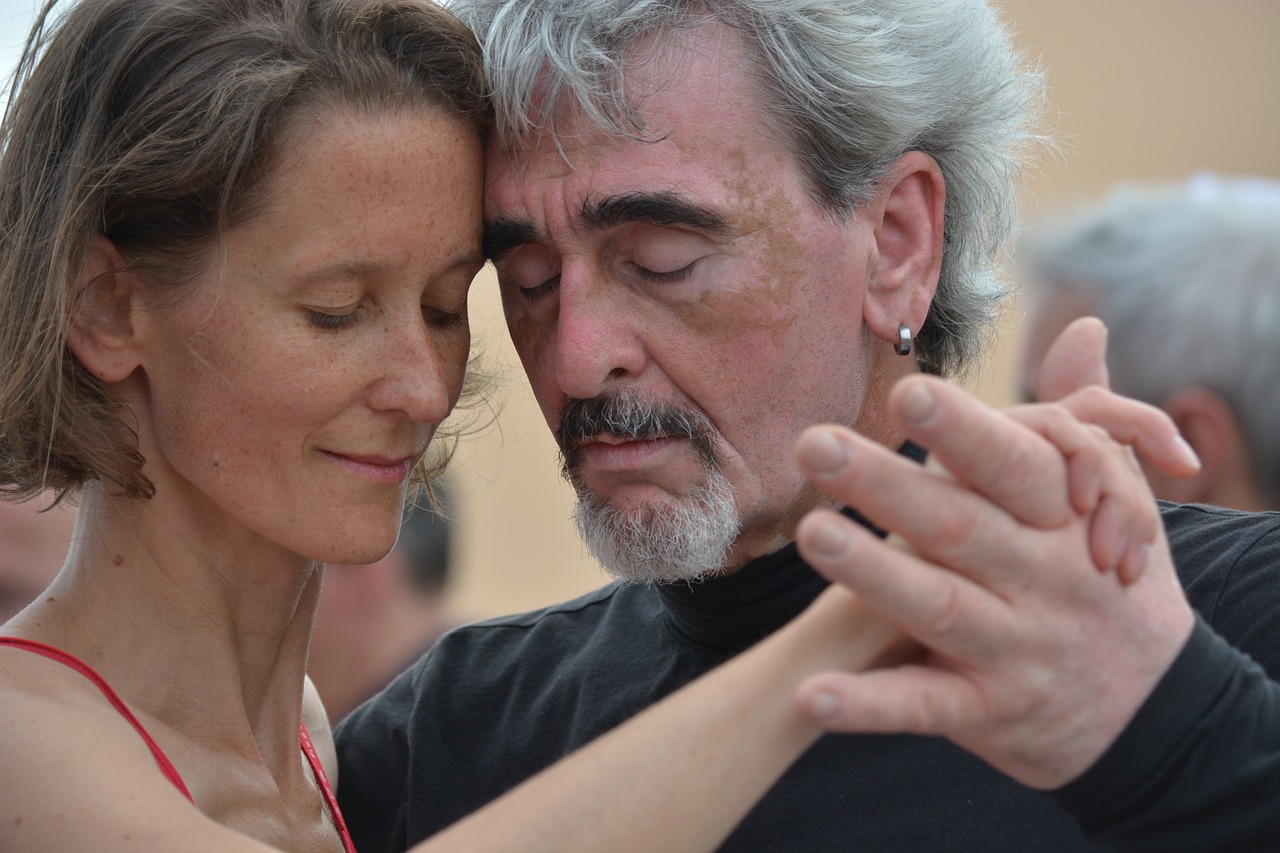Indeed, I was recently contacted on this topic by Dave Faller, a person with a PD diagnosis, who has been exploring ways to help himself. Dave has written a very useful two page summary of Janice’s “Stuck on Pause” book and other work, and so I asked him if we could reproduce it here. He agreed, and hence the article below.
Read MoreFright and Parkinson's Disease
In recently re-reading this excellent article, it struck me that, as part of their own literature review, the authors describe what it is like on the inside to be in the fright response, and hence according to my thesis, what is like to be symptomatic with PD.
Read MoreAcetylcholine, Dopamine and Parkinson's Disease
In reality, the interactions between very many different neurotransmitters is super strong. It is not just the lack of one chemical that causes the problems in many cases, but actually it is the resulting lack of balance with other chemicals.
Read MoreFascia Decompression and Parkinson's Disease
Tremors and Parkinson's Disease
Fortunately, from the perspective that tremors are a manifestation of a stuck stress response, this type of symptom can be progressively alleviated through stress reduction techniques and therapy, by learning how to calm the nervous system, and by spending more time in totally relaxed states. Indeed, this is demonstrated in videos of people’s tremors disappearing when they are put into a trance state by a hypnotherapist, as in the video below, or by common anecdotal reports that when meditating, the tremors are not present.
Read MoreThe Neck and Parkinson's Disease, Part 2
This is a follow on from previous articles on the subjects of the roles of lack of oxygen to the brain, the neck and breathing problems in Parkinson’s Disease. Here, we focus on the potentially profound role of special chemical sensors in our necks, which most people affected by PD will never have heard of, called “carotid bodies”.
Read MoreSurvival Instincts and Parkinson's Disease
To help shake off the gloom about this, I call our survival instincts our superpowers, because it is a more resourceful way to look at the body and the problems we might be experiencing. Try saying "thank you, body, for keeping me safe, but now it is time to bring me out of the safe survival state and back to the normal range of health and grow." This ought to give us a little more faith in the dispositions of our body.
Read MoreMotivation, Pleasure, Pain and Parkinson's Disease
The activation of the habenula inhibits or deactivates the dopamine neurons in the substantia nigra and ventral tegmental area, and, conversely excites or activates them when it is deactivated. This has profound implications for PD, as this points to the possibility that it is not cell death which causes the issues in PD, but chronic activation of the habenula permanently switching off the cells in the substantia nigra from producing dopamine. This is a more hopeful hypothesis, as it means the cells are just dormant, not dead. If we can figure out how to deactivate the habenula, this could provide significant symptom reduction.
Read MoreDopamine and Parkinson's Disease
The Huberman Lab podcast is a lecture series by Prof. Andrew Huberman, professor of neurobiology and ophthalmology at Stanford School of Medicine, on practical and free tools for optimizing health based on the very latest neuroscience and human biology research. This podcast contains vital, actionable, and need-to-know information for people with Parkinson’s Disease, in particular of the latest pragmatic research into dopamine biochemistry. Dopamine is the major neuromodulator which is most problematic in PD, and the target for the mainstay medical interventions. So here I’ve extracted from the podcast episodes the timestamps of everything Prof. Huberman has to teach us on the subject of how to optimize our dopamine biochemistry. The format is the episode title, in order of release, followed by the corresponding timestamp links and descriptions whenever dopamine is referred to.
Read MoreVisual Cues and Parkinson's Disease
I learned about the connection between the eyes/vision and movement of the body in an online course run by my friend and "Wisdom Coach" Cheryl Townsley, where a tutorial showed how, looking up or down with the eyes (not via movement of the head) creates an immediate increase in the range of specific arm/shoulder motions. I could quickly check this was indeed true for myself. Indeed, the connection between eye and body movement is so important that professional athletes are being trained in these types of techniques, and are given specific eye exercises to improve sports performance!
Read MoreThe Eyes and Parkinson's Disease
Motivated by the launch of the Eye Guide MC wearable device for Parkinson’s Disease, I have updated this article, originally published September 2017, with some more information about the role of dopamine in the eye, and also about the emerging field of Neuro-optometrics.
Read MoreEye Exercises and Parkinson's Disease
I have updated this article, originally published on 4th December 2017, to include information from Prof. Andrew Huberman, Neuroscientist at Stanford University, who is providing information and tools based on the latest high quality science. His episode on the eyes appears to support much of what I originally wrote below
Read MoreFeeling Heavy and Parkinson's Disease
A friend suggested I write more about what Parkinson's Disease is like "on the inside". At the same time, I was researching the different senses of the human body, and the problems which can occur with these in PD. Later, I learned about fascia (connective tissue) and its potentially vital role in PD. In this article, I attempt to tie these three threads together.
Read MoreBrain Healing and Parkinson's Disease
Here are annotated excerpts from the book, on the stages of neuroplastic healing - according to Dr Doidge, this works by modulating or downregulating the abnormal and noisy brain wave activity which occurs in nervous system dysregulations, that are either blocking clear movement and sensory signals or are over-exciting pain responses. It is worth noting that such “noisy brain” problems have been identified as a key element of Parkinson’s Disease.
Read MoreAthletics Training and Competitive Sport with Parkinson's Disease
Fascia (Connective Tissue) and Parkinson's Disease
We discover that fascia is essentially the connective tissue which is found throughout our body, wrapping muscles and organs, nerves and bones. This connective tissue is incredibly important and has profound and primary roles in our biological system, health and wellness. This is an “emerging” field in medicine, but has been known about and worked with in other disciplines for a very long time.
Read MoreThe Past, Persistence and Parkinson's Disease
By Stefania Lungu, contributing author and person with Parkinson’s Disease.
“I am 66 years old and this is my story. I strongly believe that almost all major illnesses have deep roots in some traumas/shocks we have at certain moments of our lives, which we were not able to “digest”. All my emotional traumas are related to members of my family. My first shock was back in 1994, when I was alone with a little child to raise. Knock-knock, depression installed itself immediately and I was not able to recognize it and give it a proper treatment. I was very angry, and afraid that I would not be able to cope with all my problems. Yet, in all the critical moments of my life, I received from seemingly nowhere some help from ”above”, and somehow I managed to solve step by step the problems which arose, even when I remained jobless in 2000, and by miracle an old tennis friend helped me to find a new job in a bank, that help restore confidence in myself.”
Read MoreHand-Held Accessories and Hand-Eye Co-ordination in Movement Therapies for Parkinson's Disease
An early discovery in pursuing whole-body movement as the principle therapy for increasing my range of motion, re-connecting body and mind, and integrating Primitive Reflexes, was the importance of holding something in my hands as part and parcel of the therapy, thereby enhancing the Applied Neuroplasticity and Somatic Experiencing benefits of movement.
Read MoreDance Therapy for Parkinson's Disease
Of all the therapies and modalities we’ve discussed here, I believe the most beneficial overall for progressive symptom reduction and movement recovery are Dance based. Here we define Dance Therapy broadly and simply as “moving to music or a beat”
Read MoreBalloon Based Play Therapy for Parkinson's Disease
Playing with balloons helped me re-discover much more slow, fluid and graceful movement. I believe that this type of controlled movement exercise could be very beneficial - even more so than playing with balls.
Read More






